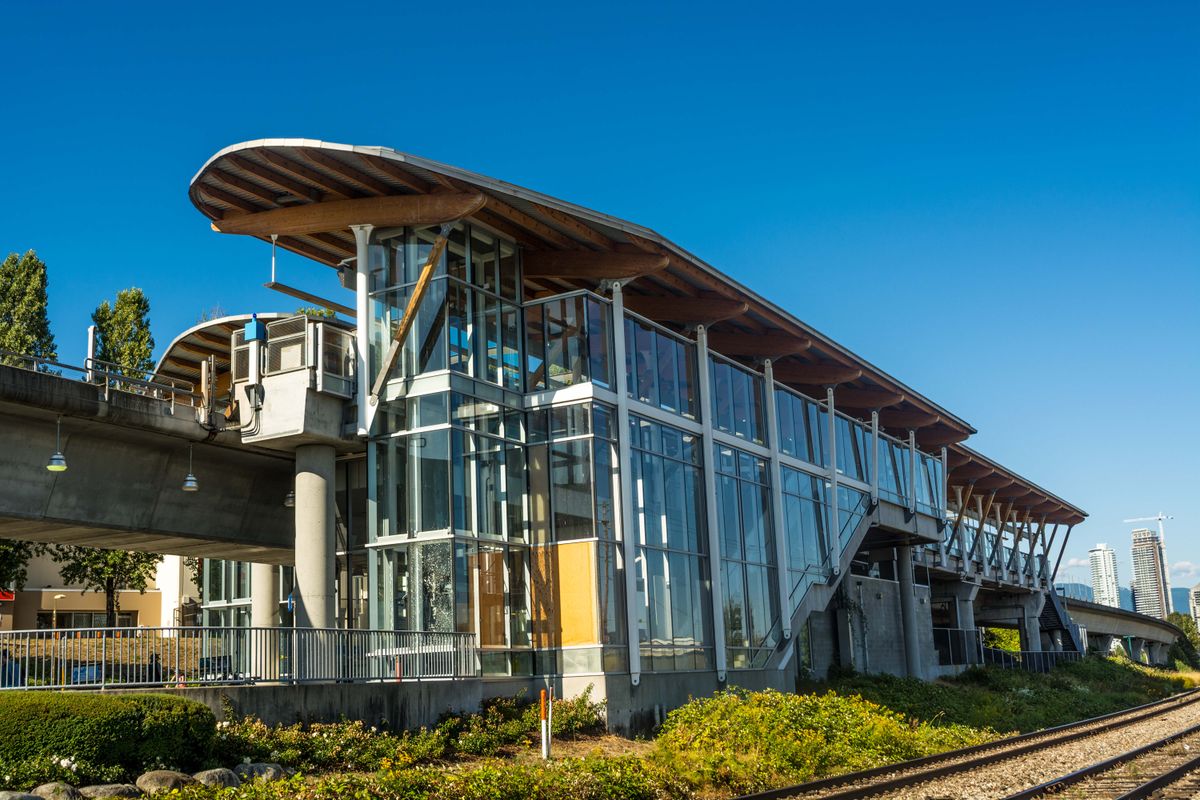Vancouver approves area plan for Rupert/Renfrew stations
The plan will deliver housing, job space, public amenities and cultural offerings along Still Creek.

Key Takeaways:
- Vancouver City Council unanimously approved the Rupert and Renfrew Station Area Plan, setting the stage for 30 years of growth, including up to 10,100 new homes and 8,300 new jobs near two SkyTrain stations.
- The plan introduces four neighbourhood types—Rapid Transit Areas, Villages, Multiplex Areas, and Employment Lands—with high-density towers up to 45 storeys permitted near transit, while preserving job lands and encouraging mixed-use developments.
- A key feature of the plan is the restoration of Still Creek through daylighting, green space expansion, and groundwater protection, blending urban growth with flood mitigation and environmental revitalization.
The Whole Story:
Vancouver’s city council has unanimously approved the Rupert and Renfrew Station Area Plan, unveiling a sweeping vision set to shape growth around the Rupert and Renfrew SkyTrain stations over the next three decades.
The plan, which builds on the city’s broader Vancouver Plan, aims to deliver new and varied housing, job space, public amenities and cultural offerings, while integrating nature-based measures to boost ecological health and manage flood risk along Still Creek.
Mayor Ken Sim described the plan as promoting “thoughtful growth in a key part of our city — bringing new housing, jobs and amenities while making sure families can continue to build their lives here.” He added that it supports the creation of “complete, connected neighbourhoods” inclusive of people from all walks of life.
Planning department head Josh White noted the plan will steer impending zoning changes due later this year while providing clarity and confidence for future development. “We’re setting the stage for growth by putting the right policies, infrastructure and land‑use direction in place,” he said.
Community-driven, Indigenous-led
The plan was shaped by extensive consultation since 2022, including four engagement phases featuring 43 open houses, 72 public events and over 2,100 surveys. Important contributions came from the Musqueam, Squamish and Tsleil‑Waututh Nations. Key documents were translated into traditional and simplified Chinese, Vietnamese and Tagalog to ensure broad access.
New zoning and land‑use model
Development is organised into four neighbourhood types:
- Rapid Transit areas around the SkyTrain will permit towers up to 45 storeys, with incentives for below-market-rental or public amenities. Both residential and commercial uses — including hotels and retail — will be encouraged via private, site-by-site rezonings.
- Villages, centred on existing low-rise commercial nodes, can expand to six-storey mixed-use buildings and multiplexes, supporting “missing-middle” housing.
- Multiplex areas further away will remain in Residential Inclusive (R1‑1) zoning, allowing up to six strata units or eight rental units, with corner stores available via rezoning applications.
- Employment lands will be preserved and even expanded to foster job growth, especially in arts, culture and service industries. Small commercial nodes, artist studios and nonprofit facilities will be encouraged — while residential uses are largely banned. A notable exception is the 3200 E Broadway site, co-developed by Indigenous Nations and Aquilini Development.
A prominent feature of the plan is the enhancement of Still Creek, one of Vancouver’s few open urban waterways. The proposal includes daylighting sections of the creek, widening its corridor to reduce flooding, improve habitat and support groundwater recharge — with underground parking restricted to maintain groundwater flows.
There are also plans to support ecological recovery, with reports noting the return of salmon following enhancement efforts.
Implementation will proceed through a mix of private site rezonings, city‑initiated rezonings and development permits. City staff plan to seek council approval for rezoning in select low-rise and village neighbourhoods in the coming months, aiming to speed up the delivery of housing and community infrastructure.
The 660-hectare Rupert–Renfrew area, home to approximately 31,000 residents — over 70% of whom identify as visible minorities — traditionally supported fishing and harvesting along Still Creek. The planning process, launched in late 2021, aims to accommodate up to 18,700 additional residents, 10,100 new homes and 8,300 new jobs over 25 years.

